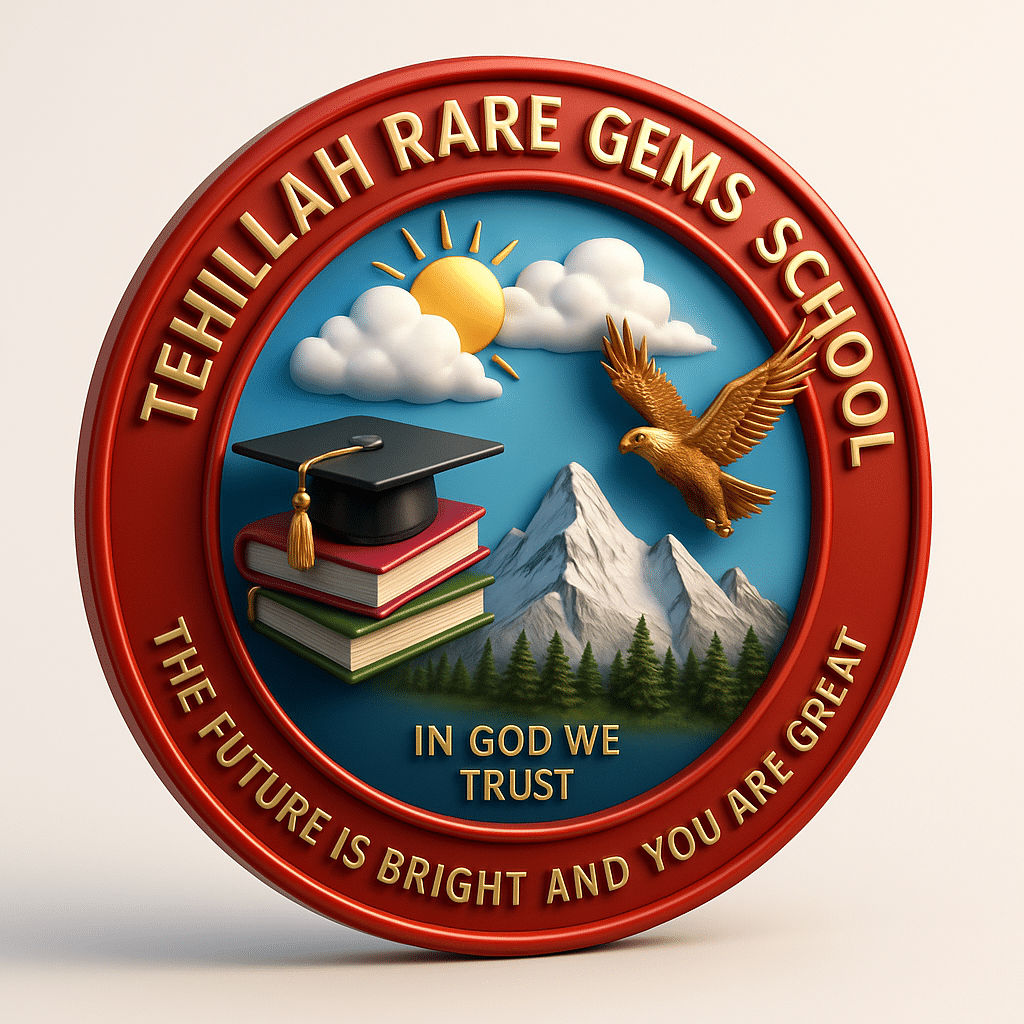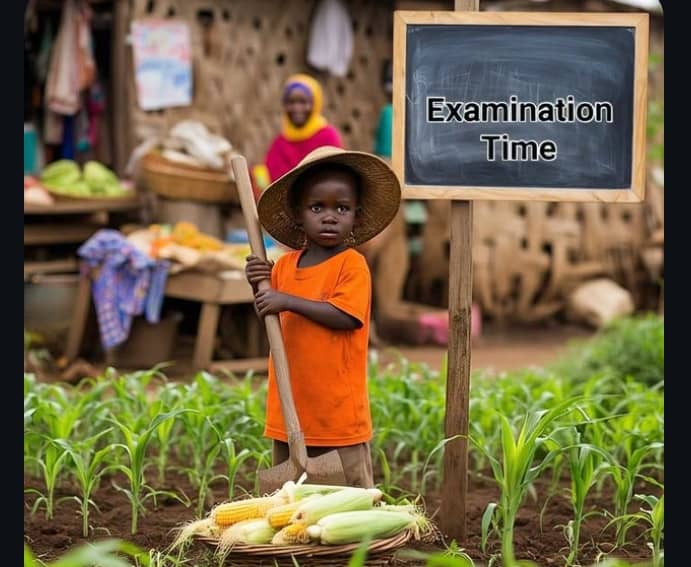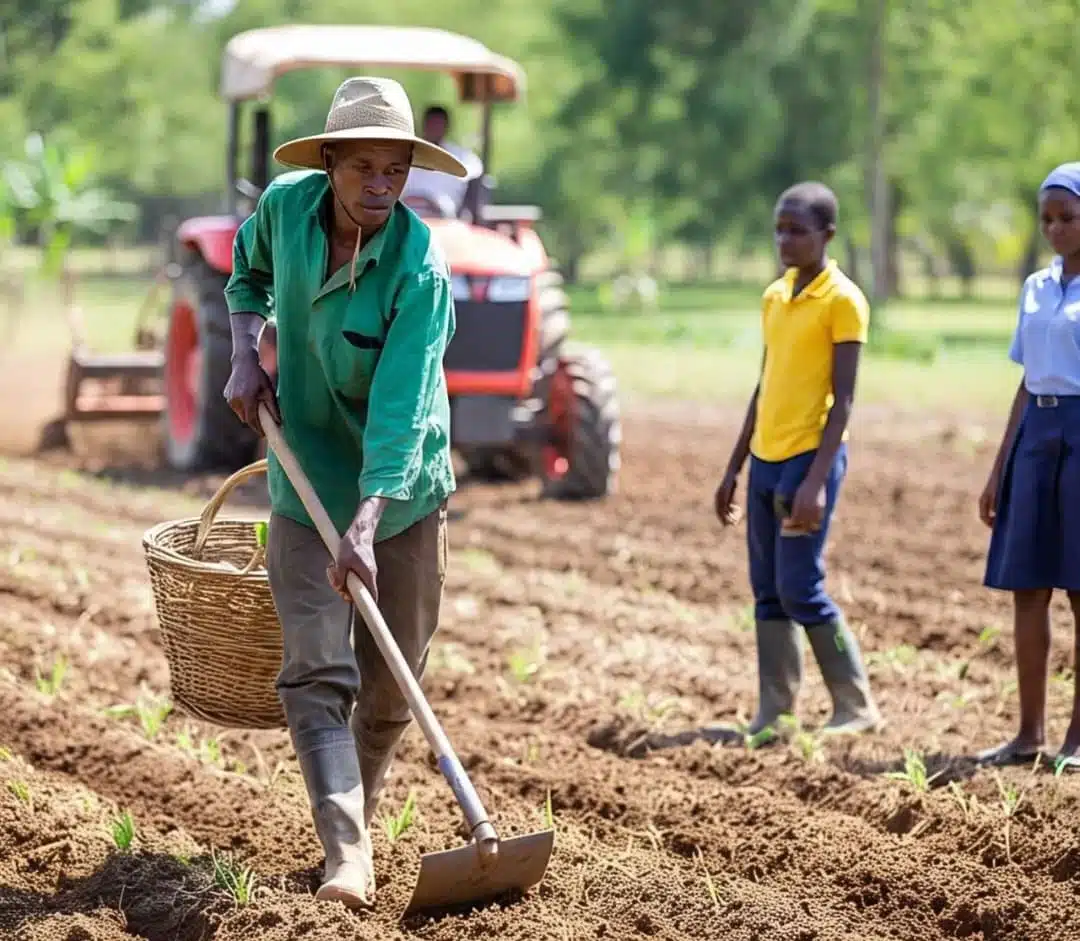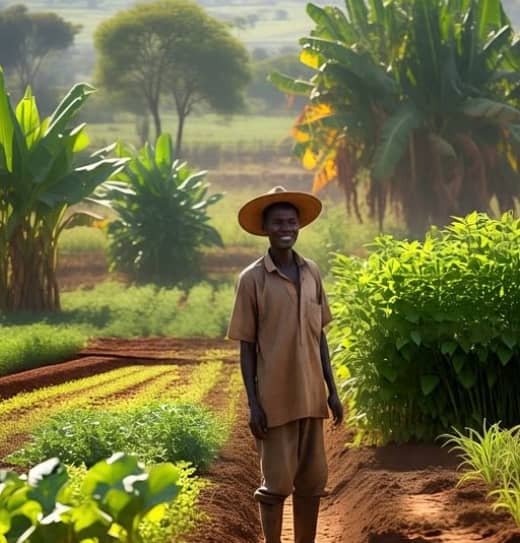Hat-Making (Vocational Aptitude P5)
A Complete, Student-Centered Lesson Plan (Week 1, Second Term)
(Optimized for Lessonshabitat.com)
Lesson Plan Presentation
Subject: Vocational Aptitude
Class: Primary 5
Term: Second Term
Week: 1
Age: 9–10 years
Topic: Hat-Making
Sub-Topic: Meaning, Types of Hats, Hat Materials
Duration: 40 Minutes
Behavioural Objectives
By the end of the lesson, pupils should be able to:
- Explain the meaning of hat-making.
- List different types of hats for men and women.
- Identify materials used in making hats.
- Describe at least five examples of hat styles.
- Mention at least three qualities of a good hat.
- State the uses of hats in society.
- Differentiate between men’s and women’s hats.
- Explain the meaning of felt and straw.
- Mention people who make hats.
- Draw and label at least one simple hat style.
Keywords (At Least 10 + Meanings)
- Millinery – The craft of making hats.
- Hatter – A person who makes hats.
- Felt – A thick fabric made by pressing wool or fur.
- Fibre – Thin hair-like strands used in making materials.
- Straw – Dried plant stalk used to weave hats.
- Parasisal – A fine, smooth type of straw.
- Sisal – A strong natural fibre used in hat weaving.
- Panama – A high-quality woven straw hat.
- Head-wear – Any clothing worn on the head.
- Fashion – A style or trend of dressing.
- Uniform – Special clothing worn for school, work or special duties.
- Accessories – Extra items worn to look neat (e.g., hats).
Set Induction (Attention-Grabbing Story)
The teacher tells a short story:
“Last Sunday, during church service, Tunde admired the choir leader’s beautiful hat. It sparkled under the light, and everyone kept looking at it. Tunde whispered to his mother, ‘Mummy, who makes hats like this?’ His mother smiled and said, ‘A milliner made it. People who make hats are skilled designers.’”
Teacher asks:
“Have you ever seen a hat you liked? Where?”
Entry Behaviour
Learners have seen different hats during church services, weddings, school events, cultural days, and on television. They can identify simple clothing items and accessories.
Learning Resources / Materials
- Pictures of hats
- Real hats (if available)
- Felt cloth
- Straw samples
- Chart showing hat styles
- Lagos State Scheme of Work
Background to the Lesson
Pupils already know clothing and fashion items. Today’s lesson helps them understand how hats are made and why people wear them.
Embedded Core Skills
- Critical thinking
- Observation
- Creativity
- Drawing and labeling
- Communication skills
- Cultural awareness
Learning Materials
- Whiteboard
- Flashcards
- Marker
- Drawing sheet
- Sample fabrics
Reference Books
- Lagos State Unified Scheme of Work
- Nigeria Primary Vocational Aptitude Textbook
- Basic Technology for Primary Schools
Instructional Materials
- Visual charts
- Real-life hats
- Posters
- Fabric samples
CONTENT (Well Structured, Clear, Simple)
1. Meaning of Hat-Making
Hat-making is:
- The process of designing and creating hats.
- The making and selling of head-wear.
- Also called millinery.
- Done by people called hatters or milliners.
- A craft practiced by men and women.
2. Reasons for Wearing Hats
- Protection from sun
- Fashion
- Religious purposes
- School uniforms
- Cultural occasions
- Weddings
- Parties
- Sports
- Official uniforms
- Traditional ceremonies
3. Men’s Hat Styles (10 Examples)
- Fedora
- Trilby
- Bowler
- Boater
- Pork pie
- Snapback
- Dad hat
- Baseball cap
- Cowboy hat
- Beret
4. Women’s Hat Styles (10 Examples)
- Plain straw hat
- Colourful braided straw
- Crochet hat
- Beanie pull-on hat
- Breton
- Cartwheel hat
- Sun hat
- Fascinator
- Turban hat
- Pillbox hat
5. Materials Used in Hat-Making
A. Felt
- A thick material made by pressing wool or fur.
- Used to make strong, stylish hats.
Types:
- Wool felt
- Peach bloom
- Fur felt
B. Straw
- Comes from dried plant fibres.
Types include:
- Parasisal
- Sisal
- Panama
- Raffia
More In-Depth Explanation with Examples
1. Felt
Felt is soft but strong. It is used for fedora, trilby, and bowler hats. It keeps the head warm.
2. Straw
Straw hats are light and allow air to pass. They are worn for sun protection.
Examples: Panama, parasisal, raffia hats.
3. Wool
Used in making beanies and caps.
Examples: winter caps.
4. Cotton
Used for everyday caps.
Examples: school caps, baseball caps.
5. Plastic / Rubber
Used for protective hats.
Examples: helmets.
Teacher’s Activities
- Revises last term’s topic.
- Introduces “Hat-Making” with story.
- Displays real hats and pictures.
- Explains meaning of hat-making.
- Describes types of hats.
- Shows different materials used.
- Demonstrates simple drawing of a hat.
- Encourages pupils to mention examples.
- Guides pupils to complete activity sheets.
- Checks pupils’ work and gives feedback.
Learners’ Activities
- Listen and answer the story questions.
- Observe pictures of hats.
- Mention hats they have seen.
- Touch and feel materials (felt/straw).
- Draw simple hat styles.
- Ask questions.
- Participate in group discussion.
- Write definitions in their notes.
Class Activity Discussion (10 FAQs with Answers)
- Q: Who makes hats?
A: A hatter or milliner. - Q: What is felt?
A: A thick fabric made from wool or fur. - Q: Why do people wear hats?
A: For fashion, sun protection, ceremonies, and uniforms. - Q: Name two men’s hat styles.
A: Fedora and snapback. - Q: Name two women’s hat styles.
A: Sun hat and fascinator. - Q: What is straw used for?
A: Making light woven hats. - Q: What is millinery?
A: Hat-making. - Q: What is a Panama hat?
A: A fine woven straw hat. - Q: What material is used for beanies?
A: Wool. - Q: What is a uniform hat?
A: A hat worn for school or official duties.
Evaluation Questions (Fill-in-the-Blanks with Options)
- Hat-making is also called _____
a) cooking b) millinery c) painting d) writing - A person who makes hats is called a _____
a) tailor b) hatter c) doctor d) driver - Felt is made from _____
a) water b) wool c) sand d) plastic - Panama is a type of _____ hat
a) metal b) straw c) rubber d) cotton - A sun hat is worn for _____
a) rain b) heat c) noise d) snow - A snapback is a _____ hat
a) men’s b) women’s c) baby’s d) church - A colourful braided hat is a type of _____
a) metal hat b) women’s hat c) uniform hat d) helmet - Millinery means _____
a) singing b) hat-making c) cooking d) dancing - Sisal is a type of _____
a) straw b) stone c) metal d) plastic - A beanie is usually made from _____
a) wool b) glass c) rubber d) straw
Evaluation Questions (Short Answer – 10 Items)
- What is hat-making?
- Who makes hats?
- Mention two materials for making hats.
- Give one example of a men’s hat.
- Give one example of a women’s hat.
- What is straw?
- State one use of hats.
- What is felt?
- Mention one type of straw.
- Draw any simple hat shape.
Conclusion
The teacher checks pupils’ notes, marks drawings, corrects mistakes, and gives feedback.
SEO ELEMENTS
Captivating Title:
Hat-Making Lesson Plan for Primary 5 (Meaning, Types & Materials)
Focus Keyphrase:
Hat-making lesson plan for Primary 5
SEO Title:
Hat-Making Lesson Plan for Primary 5 | Meaning, Types & Materials
Slug:
hat-making-lesson-plan-primary-5
Excerpt:
A clear, student-friendly Primary 5 lesson plan on hat-making—meaning, types, materials, examples, evaluation, keywords, and activities.
One Word Keyword:
Hatmaking
Meta Description (Under 160 characters):
Complete Primary 5 hat-making lesson plan with meaning, types, materials, examples and activities. Perfect for teachers and learners.
Internal Links (3)
- https://lessonshabitat.com/primary-school-lesson-plans/
- https://lessonshabitat.com/vocational-aptitude-resources/
- https://lessonshabitat.com/nursery-lesson-plans-directory/
External Links (2 – Education Related)











